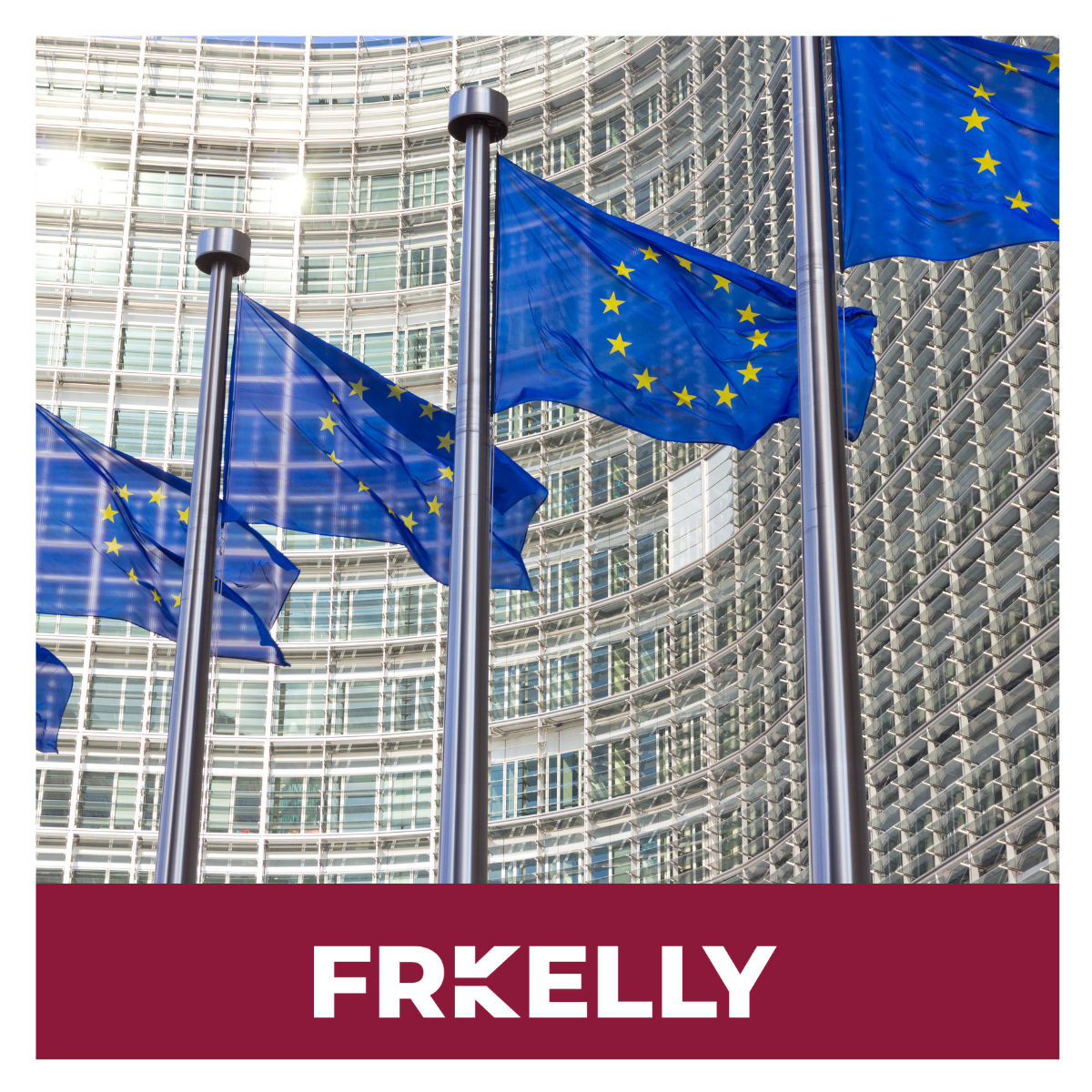

The General Court has recently handed down a judgment in favour of Rain Carbon Germany, a raw material producer, overturning an EUIPO Board of Appeal decision which failed to give sufficient consideration to the perception of different European-language speakers (Case T‑1188/2).
Background
In January 2020 Novaresine Srl sought to register the following EU trademark for “alkyd resins; alkyd resins (short, medium or long oil); unsaturated polyester resins; saturated polyester resins” (amended specification):

This was opposed by Rütgers Germany GmbH (predecessors of Rain Carbon Germany GmbH) in May 2020 on the basis of the word mark NOVARES (EUTM No 444141), which was registered for “unprocessed artificial resins, in particular thermoplastic xylol orresin mixtures”.
The opposition was upheld by the EUIPO’s Opposition Division, which decided, among other things, that there was no need to determine whether NOVARES had acquired an enhanced degree of distinctiveness due to its extensive use because a likelihood of confusion had been determined based on the mark’s average inherent distinctiveness.
Novaresine appealed and the EUIPO’s Board of Appeal annulled the Opposition Division’s decision on the ground that there was no likelihood of confusion on the basis of the inherent distinctiveness of the earlier mark. The case was remitted back to the Opposition Division to determine whether NOVARES had acquired enhanced distinctiveness due to the extensive use of the mark.
Appeal to the General Court
Rain Carbon brought an action before the General Court seeking an annulment and alteration of the Board of Appeal decision to uphold the opposition.
The two pleas before the court were on the following grounds:
1. The EUIPO had infringed Article 8(1)(b) of Regulation 2017/1001 by incorrectly concluding that a likelihood of confusion could be affirmed only on the basis of the enhanced distinctiveness of the earlier mark.
2. The court should uphold the opposition filed and refuse the application in its entirety.
Decision
The General Court gave consideration to the Board of Appeal’s assessment and noted the following:
1. When comparing the signs, the board had found that there was a low visual similarity, an average phonetic similarity and a neutral conceptual comparison. This was on the basis that the common element ‘nova’ was associated with ‘new’ or‘novelty’ in some EU languages, which, according to the board, gave it a weak distinctive character. The court held that the board had erred in law by restricting its examination of the ‘nova’ element to only the EU countries in which that term was understood to have a meaning, and failing to take into account the relevant public to which the term had no meaning.
2. The board had underestimated the visual similarity of the marks as the word element ‘Novaresine’ wholly contained the earlier mark NOVARES, which played a dominant role in the public's perception. The phonetic similarity should have been assessed as high rather than average, because of the identity of the first part of both marks.
3. The board had failed to determine the degree of similarity of the goods with sufficient precision.
4. In its overall assessment of the likelihood of confusion, the board had erroneously concluded that there was no likelihood of confusion due to the high level of attention of the relevant public.
The General Court held that, in view of the average inherent distinctiveness of the earlier mark and the high degree of similarity of the goods, even a high level of attention on the part of the relevant public could not rule out a likelihood of confusion. It upheld the claim of Rain Garden Germany, annulling the board’s decision and dismissing Novaresine’s appeal. Costs were awarded against the EUIPO and Novaresine.
Comment
This decision is significant as it gives both the EUIPO, as well as EU brand owners, considerable clarity on the assessment of likelihood of confusion in instances where a mark (or a portion of a mark) can be attributed a meaning in some of the EU languages whilst having no meaning in the remaining member states. This is an increasingly important aspect in a world where human language is becoming more homogenised.
This article first appeared in WTR Daily, as part of the World Trademark Review, on 12th February 2025. For further information, please go to www.worldtrademarkreview.com
